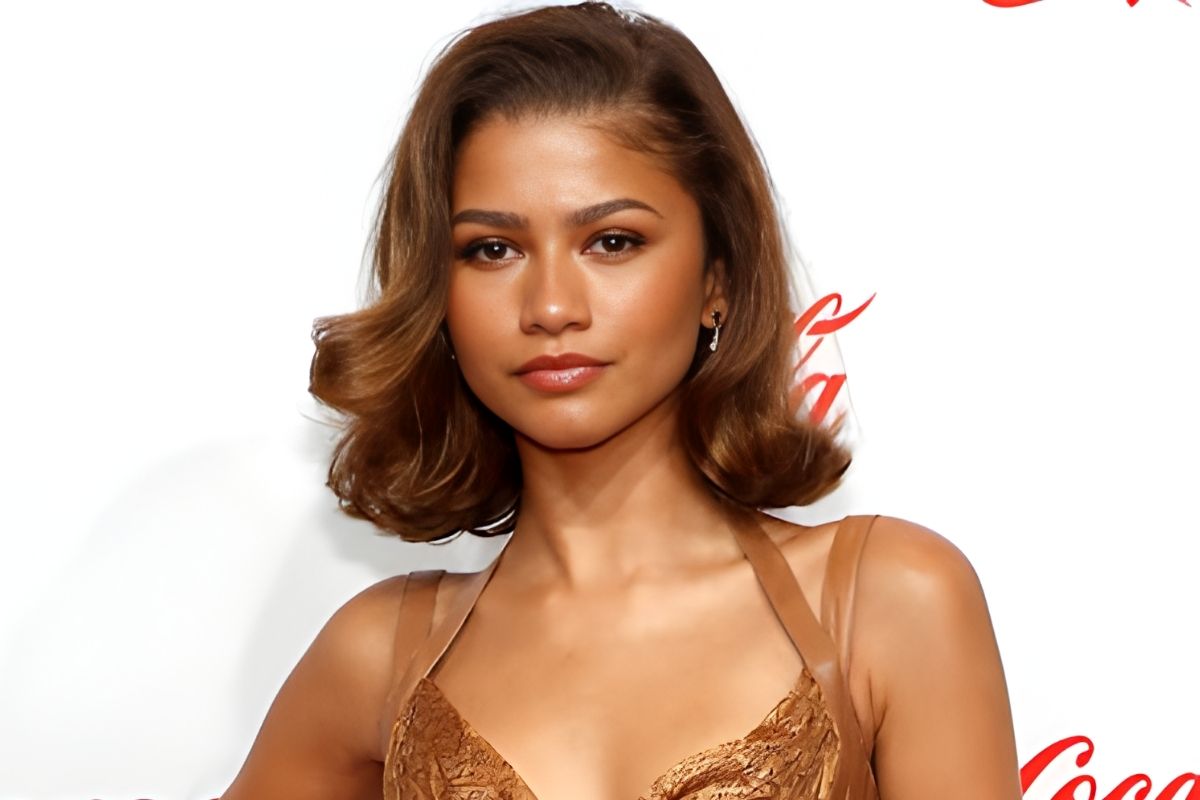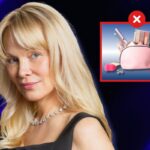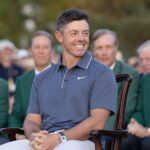Scroll through any red carpet gallery, and it can feel as if famous faces live in a different reality. Jawlines are sharp, eyes are bright, outfits sit perfectly, and there is never an awkward half step or double chin in sight. Yet the gap between those images and your own camera roll is not magic. It is a mix of practice, muscle memory and a set of simple rules that professionals apply in almost every frame.
We live in an image-heavy culture where social feeds, dating profiles and even job networking sites revolve around photographs. Psychologists point out that humans form impressions of faces in a fraction of a second, long before we consciously evaluate them. That makes it worth understanding how red carpet regulars manage their angles and how film sets manage to capture consistent, flattering stills in tense, time-pressured conditions.
This guide breaks the process into two layers. First, the repeatable habits that make celebrities look good even when the flash fires unexpectedly. Second, ten lesser-known tricks borrowed from cinema and advertising still work that you can adapt to everyday portraits, from LinkedIn headshots to holiday pictures.
Why do celebrities almost never take a bad photo?
The starting point is repetition. A-listers are photographed thousands of times a year, sometimes hundreds of times in a single evening. Over time, they learn, often with the help of stylists and photographers, exactly which angles, expressions and body positions work for them. That learning is not abstract. It gets turned into a physical routine they can drop into as soon as a camera appears.
There is also a psychological effect at play. Researchers describe the mere exposure effect, where people tend to like images they see repeatedly. Celebrities see endless contact sheets of their own faces, so they become experts at spotting tiny differences in posture or expression that most of us never analyse. They then commit the most flattering version to muscle memory and use it again and again.
On top of that, the environment does a lot of quiet work. Red carpets and press calls are lit to be forgiving, not harsh. The backdrop is designed so that skin tones pop rather than blending into the scenery. The time of day, the height of the camera, and even where fans and photographers are placed all nudge you into certain directions and reactions.
Key point
What looks like effortless glamour is usually a rehearsed sequence: a few reliable poses, repeated under lighting and camera angles that have been engineered to flatter.
The Core Celebrity Posing Playbook
If you strip away the stylists and the couture, most celebrity poses follow the same handful of principles. These are not about faking a personality. They are about giving the camera clear shapes and lines to work with, instead of letting chance decide.
The first principle is posture. Rather than standing flat and straight on, most celebrities angle their body slightly away from the camera, shift their weight to the back leg and let the front leg relax. That rotation slims the outline and creates a more dynamic line through the torso. The spine stays long, chest open, shoulders relaxed but not slouched. Even a casual street style shot often hides this subtle scaffolding.
Second, they manage the head and jaw. A common rule is to push the forehead a fraction towards the lens and tilt the chin very slightly down. This feels odd in real life but looks great in photos, because it sharpens the jawline and avoids the shadow that creates a double chin. Most people also favour one side of their face, so celebrities tend to present the same “good side” repeatedly.
Finally, there is the question of expression and hands. Micro expressions travel far in stills. Softening the eyes, letting the mouth relax rather than clamping it in a hard smile, and keeping the tongue away from the teeth all prevent tension. Hands are kept busy in ways that look intentional: holding a clutch, resting lightly on a hip, playing with a ring rather than dangling awkwardly.
It is tempting to think that any awkwardness can be fixed after the fact, yet even the smartest photo editor cannot repair collapsed posture or a completely flat angle. Retouching tools are powerful, but they work best when there is already shape and structure in the frame. The more work you do with pose and body position, the less you need to push pixels later.
For non-celebrities, the simplest way to internalise this playbook is to reduce variables. Choose one or two base poses that feel natural, practise them in front of a mirror, then take a dozen test shots with the same stance while varying only small things such as head tilt or eye line. Review the results carefully, even in a phone picture editor, and you will quickly spot which combination gives you the most confident version of yourself.
Key point
Celebrities are not chasing infinite variety; they rely on a small set of repeatable poses and micro adjustments, used consistently until they become automatic.
Ten Lesser-known Film Set Tricks You Can Steal

Behind the scenes, film and advertising stills teams use a series of quiet tricks to keep actors and products looking impeccable across long, messy days. Many of these ideas translate surprisingly well to everyday cameras.
One trick is to preset “marks” for the body rather than the feet. On set, actors are given tape marks on the floor to hit. Still photographers often go further and agree on shoulder and eye positions as well. You can do this informally by deciding that, in most photos, you want your shoulders at a quarter turn to the camera and your eyes level with a point just above the lens. That way, you are not guessing each time; you are returning to a known, flattering geometry.
Another is to manage the lens rather than just the pose. Cinematographers know that wide-angle phone lenses exaggerate whatever is closest to them. That is why they rarely shoot close-ups from low down. Borrow the habit: ask whoever is taking the photo to hold the camera slightly above eye level, step back a little and zoom in. This combination compresses features gently and avoids the “big nose, small ears” distortion you get from standing too close.
Film teams also pay obsessive attention to micro grooming, because small flaws become huge on a cinema screen. A quick blot of shine on the forehead, a check for lipstick on teeth, smoothing collars and hair near the shoulders; all of this happens before every set-up. You do not need a trailer to copy that discipline. A thirty-second check in reflective glass before an important shot will remove half the distractions that otherwise draw attention away from your expression.
Continuity is another professional obsession. Still photographers want sequences that can be cut together without jarring jumps in expression or posture. They often shoot a neutral reference frame at the start of a series so they can compare later. That mentality is useful when you are taking portraits for work or portfolios. Decide on a core look and stick to it for the session, rather than trying a completely new idea for every frame and ending up with a chaotic mix.
On commercial sets, the technical team always tests lighting and shadows on stand-ins before the star arrives. They check how highlights fall on cheekbones, whether glasses flare and where shadows cut across the neck. You can adapt this by volunteering to be the “lighting stand-in” when friends are taking group shots, or by doing one throwaway frame in each new location just to see what the light does to your features.
Finally, there is a workflow lesson. Still, teams are trained never to rely on a single frame or format. They shoot several takes, bracket exposures and backup files as they go. That is why they always keep at least one clean, well-lit image, even if a more experimental pose turns out to be unusable. For personal photos, it is worth copying that caution: take three or four quick frames with the same pose and expression, then pick the best later instead of hoping that one rushed snap will hit the mark.
A subtle but important habit on set is to build feedback into the process. Photographers routinely show actors a handful of takes on the monitor so they can adjust. You can replicate this by reviewing a few images mid-session, not just at the end. The aim is not perfectionism but course correction: perhaps the smile looks too tight or the stance too stiff. Spotting that early lets you relax and recalibrate in time for the next frames.
Even in highly controlled environments, professionals do not assume they can fix everything after the fact. Most shoots will have a dedicated retoucher or assistant working alongside the main camera team, using a laptop and a photo editor to flag issues live. The point is to catch problems early, not to reshape people entirely. Adopting the same mindset in everyday photography keeps the focus on lighting, pose and presence rather than unrealistic digital surgery.
Key point
Film sets rely less on glamorous secrets and more on disciplined habits: pre-agreed positions, smart use of lenses, constant micro checks and built-in feedback.
How to apply Celebrity and Cinema Tricks Without Overthinking
All of this can sound intimidating if you already dislike being in front of a camera. The good news is that you do not need to apply every tip at once. In fact, too much conscious control can make you look stiff. The aim is to move a few ideas into the background so that you can stay present in the moment while knowing that the basics are covered.
Start by choosing one anchor pose and one “backup” pose that feel natural in your body. Practise them until they become instinctive, including where you place your hands and how you tilt your head. Add a tiny pre-shot checklist for important photos: a breath to relax the shoulders, a quick check for shine or smudges, a reminder to angle your body slightly and connect your eyes to the lens.
Then think like a low-budget stills team. Pay attention to where the light is coming from and move yourself so it is mostly in front of you rather than directly overhead. Ask for the camera to be at, or just above, your eye level. Suggest taking two or three quick frames, not just one, and be willing to delete the duds. These are small, polite requests that make a big difference without turning a casual photo into a full production.
For situations that really matter, such as professional headshots or big life events, there is value in working with someone who understands these dynamics intuitively. A good portrait photographer does more than press the shutter; they coach pose, adjust lighting moment by moment and watch for the exact micro expression that captures you at your best. You are not trying to become a celebrity. You are just borrowing some of their craft to tell a more accurate story about yourself.
Key point
Pick a small toolkit of habits you can actually remember: a couple of poses, basic light awareness and a short pre-shot check. Applied consistently, those will carry most of the work.
FAQ
Do I really need to practise poses in front of a mirror?
It helps more than people expect. Practising a couple of poses builds muscle memory, so you are not improvising under pressure, which makes you look more relaxed in real photos.
Why do I look different in selfies compared with other people’s photos?
Phone cameras are wide-angle and held very close in selfies, which distorts features. When someone else takes the picture from a little further away and at eye level, your face looks more natural.
Is it better to smile with teeth or keep my mouth closed?
There is no universal rule. A genuine expression matters more than showing teeth. Try both in test shots and see which feels more like you and looks relaxed rather than forced.
Do these tips work the same for group photos?
Yes, but you have less control. You can still angle your body, keep your posture tall and make sure you are not nearest to the lens, which would distort your proportions.
Can I apply film set tricks if I am not using professional gear?
Absolutely. Ideas like watching the light, avoiding low angles, taking several frames and checking details before you shoot are equipment-neutral and work just as well with a basic phone camera.









